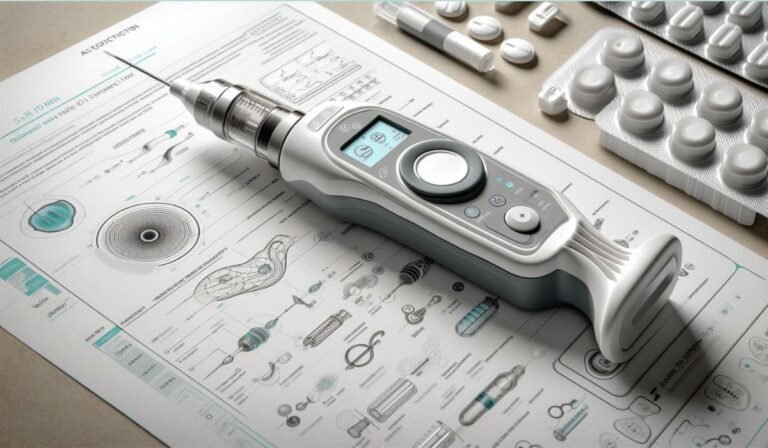Rewiring the Brain to Heal

Neuroscientists estimate that it can take as little as a tenth of a second to notice a threat—an aggressive face, for example, but much longer to recognize something pleasant. This is compounded because threats are reacted to virtually instantaneously and go straight into memory, where they are held on a hair trigger, ready for instant recall, while positive experiences take far longer to sink in. This is why we tend to learn faster from pain than from pleasure. The old saying “Once bitten, twice shy” describes the phenomenon perfectly. It is estimated that it can take five pleasant experiences to balance a single negative one of equal magnitude.
Our inherent bias toward negative thinking ensures that we tend to see threats and notice the flaws in everything. This is the main reason that the mind focuses on pain and suffering with laser sharpness. But far more importantly, it means we simply do not notice the overwhelming pleasant things in our life.
Neuropsychologist Rick Hanson, PhD, describes the brain as possessing “Velcro for negative experiences and Teflon for good ones.” This bias is built into the very structure of the brain and drives our instincts and emotions. For example, the amygdala, central to the brain’s alarm system, dedicates two-thirds of its neurons to accessing negative experiences.
In brain scans, negative experiences generate intense activity, while pleasant ones of equal magnitude produce far less. This bias is reflected in the body’s hormonal systems, too. We have numerous stress hormones that force us to respond to negative experiences: cortisol, adrenaline, and norepinephrine are all fast-acting and have powerful effects on the body. The equivalent “positive” hormones—oxytocin, for example—lack the same potency and urgency, although they do have the most powerful effects in the long run, enhancing health, healing, and overall well-being.
Whenever we are touched by another or feel genuinely loved or needed, oxytocin is released. This is complemented by the release of endorphins—the body’s natural painkillers—which act in a similar manner to opioids such as morphine and codeine. The body is flooded with these after an accident or injury, and they are capable of numbing substantial pain and creating feelings of calm. This soothing system doesn’t just reduce pain, it improves health and healing. When switched on, it signals the body that it’s safe to begin focusing resources on repair. Healing is enhanced.
MIND OVER MATTER: Overcoming the Negativity Bias with Mindfulness
Nature, evolution, has wired the negativity bias in our brain because throughout history, it’s far more important that we survive than being happy. And these biases are fundamental to our perception of pain; intense pain and suffering tend to be felt all over the body, while pleasure is normally localized. Mental anguish drives physical pain, and suffering in an endless vicious cycle. But this is where our evolved, more knowledge-based brain can take over. We can use self-awareness to choose how we respond, rather than react in our usual ingrained ways.
Research at Duke University Medical Center* has proven that those who were more accepting of their condition—compassionate toward themselves and mindful—suffered less mental and physical pain. They also found that “pain disability”—that is, the degree to which pain interfered with one’s life—was far lower in those who were more accepting.
It’s important to note that this process can begin after just eight minutes of a specific type of meditation that we detail in our book You Are Not Your Pain.
There are 5 Steps to Rewiring the Brain
{1} Begin to recognize the brain’s negativity bias.
{2} Gently soothe those brain networks that maintain the bias and that ultimately lead to unnecessary pain and suffering.
{3} Begin to strengthen the brain circuits that notice and appreciate pleasure.
{4} This mindfulness, or rewiring, will begin to enhance the clarity of thought, help you act more effectively, and be less distracted and rattled by daily events.
{5} This growing sense of tranquility will further reduce pain and suffering, dissolving anxiety, stress, and unhappiness.
This may sound grand and fluffy, but it is grounded in neuroscience. Psychologist Donald Hebb says, “Neurons that fire together wire together.” So by focusing on pleasure, you are encouraging the parts of your brain that notice and create happiness to grow stronger—to “wire together.”
Science has proven that the brain is highly plastic, constantly able to adapt and change its architecture. Couple that with the fact that up to 5,000 new brain cells are produced every day, we can really change our brains. Mindfulness has been likened to performing surgery on your own brain.
Why Can’t I just Block Out the Negative?
The idea of lessening the negativity bias is part of Week 5, one of the eight weeks described in the book You Are Not Your Pain. Week 4 focused on turning toward your pain with a loving awareness.
Why did that concept come first? Why couldn’t you just go for pleasure while blocking out the pain? While this sounds appealing, keep in mind that when you resist or block unpleasant experiences you also end up blocking out the pleasant as well. You block out a whole band of sensitivity. Blocking feelings and emotion can lead to a brittle existence, reducing one’s quality of life. It’s important, therefore, first to soften to pain and let go of resistance. Then you will be much more able to “let in” the pleasant. Being mindful means being fully alive and aware of all experiences.
the Treasure of Pleasure
The Treasure of Pleasure Mediation can help reconnect with the pleasant aspects of daily life. Try this:
{1} Get as comfortable as possible.
{2} Become aware of your breath and allow your whole body to be rocked by the rhythm of the in and out breaths.
{3} Check for resistance. Are you open to your experience physically? Emotionally? Mentally? Use the gentle rhythm of breathing to soften resistance.
{4} Now notice pleasant sensations. Are your hands soft? Do you hear pleasant sounds? Bring a gentle awareness to what feels good on and around your body.
{5} Spend time here. Allow the pleasant experiences to build in the light of awareness.
{6} Your mind may wander. That’s normal. Redirect to pleasant thoughts.
{7} Awaken, re-engaging with the treasures of pleasure you possess.
What we Dwell On, we Become
Pain may be a fact, but dwelling on it only creates suffering. It has been said that “what we dwell on we become.” Make time to seek out pleasant sensations and experiences. Day by day, this will help you to go outside of the battle with pain, illness and stress. You might even begin to feel like a tree shedding its old leaves, ready for the return of spring. {PP}
PainPathways Magazine
PainPathways is the first, only and ultimate pain magazine. First published in spring 2008, PainPathways is the culmination of the vision of Richard L. Rauck, MD, to provide a shared resource for people living with and caring for others in pain. This quarterly resource not only provides in-depth information on current treatments, therapies and research studies but also connects people who live with pain, both personally and professionally.
View All By PainPathways






